The earth is home to countless natural wonders, and some of the most mysterious are hidden beneath its surface. These caves, often remote and difficult to access, have captivated explorers with their uncharted depths. Many remain only partially explored, holding secrets waiting to be discovered. Each one offers unique formations and ecosystems, adding to their allure. These caves challenge both curiosity and bravery.
Son Doong Cave, Vietnam
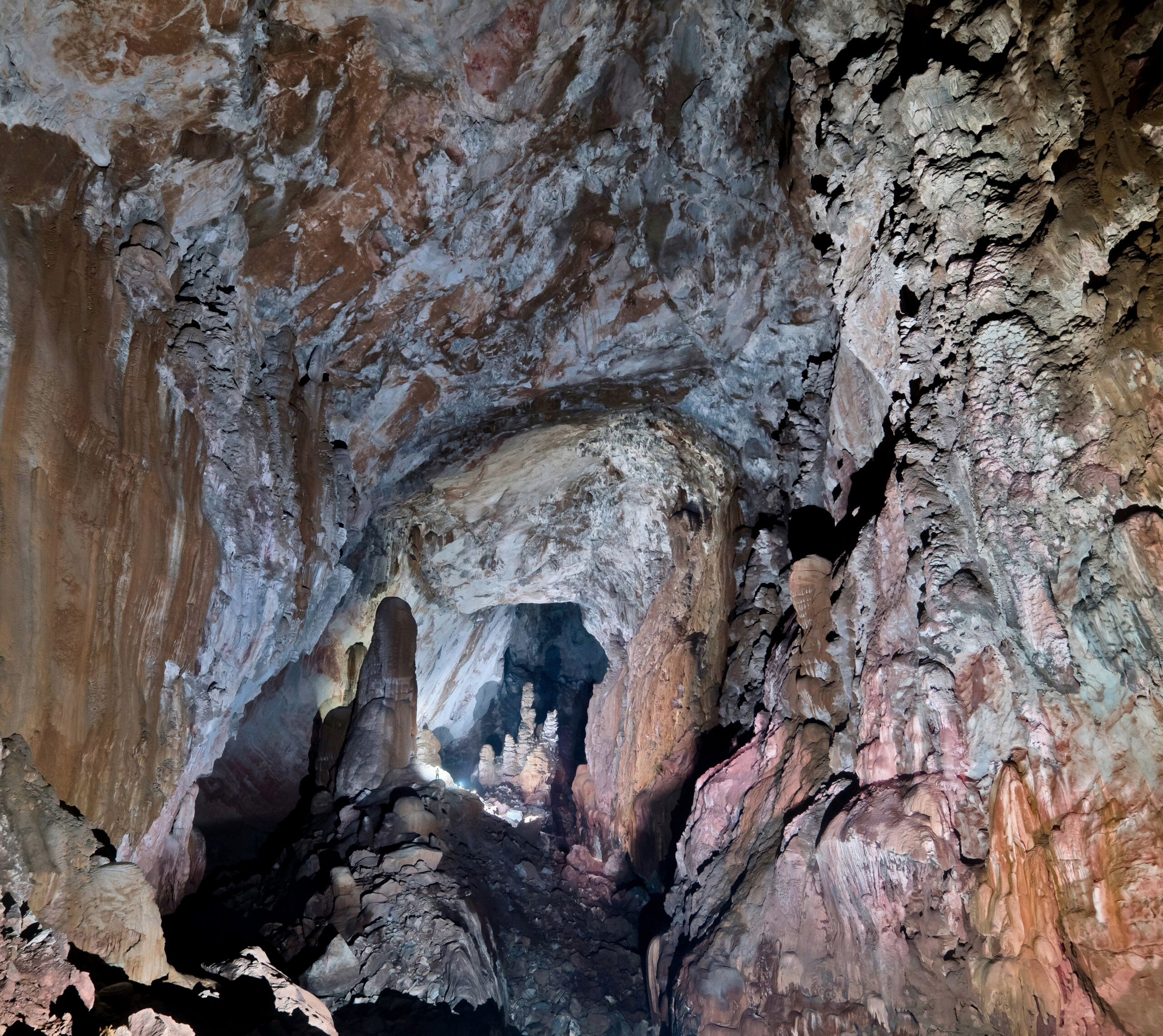
Son Doong Cave, the largest cave on Earth, was only discovered in 1991 and has barely been explored since. Nestled deep in the dense jungles of Vietnam, this cave is large enough to house entire rainforests and even clouds. Massive stalagmites rise from the cave floor, and underground rivers flow through it. The cave’s vastness and complex ecosystem make it a natural marvel that remains largely untouched due to its remote location.
Krubera Cave, Georgia
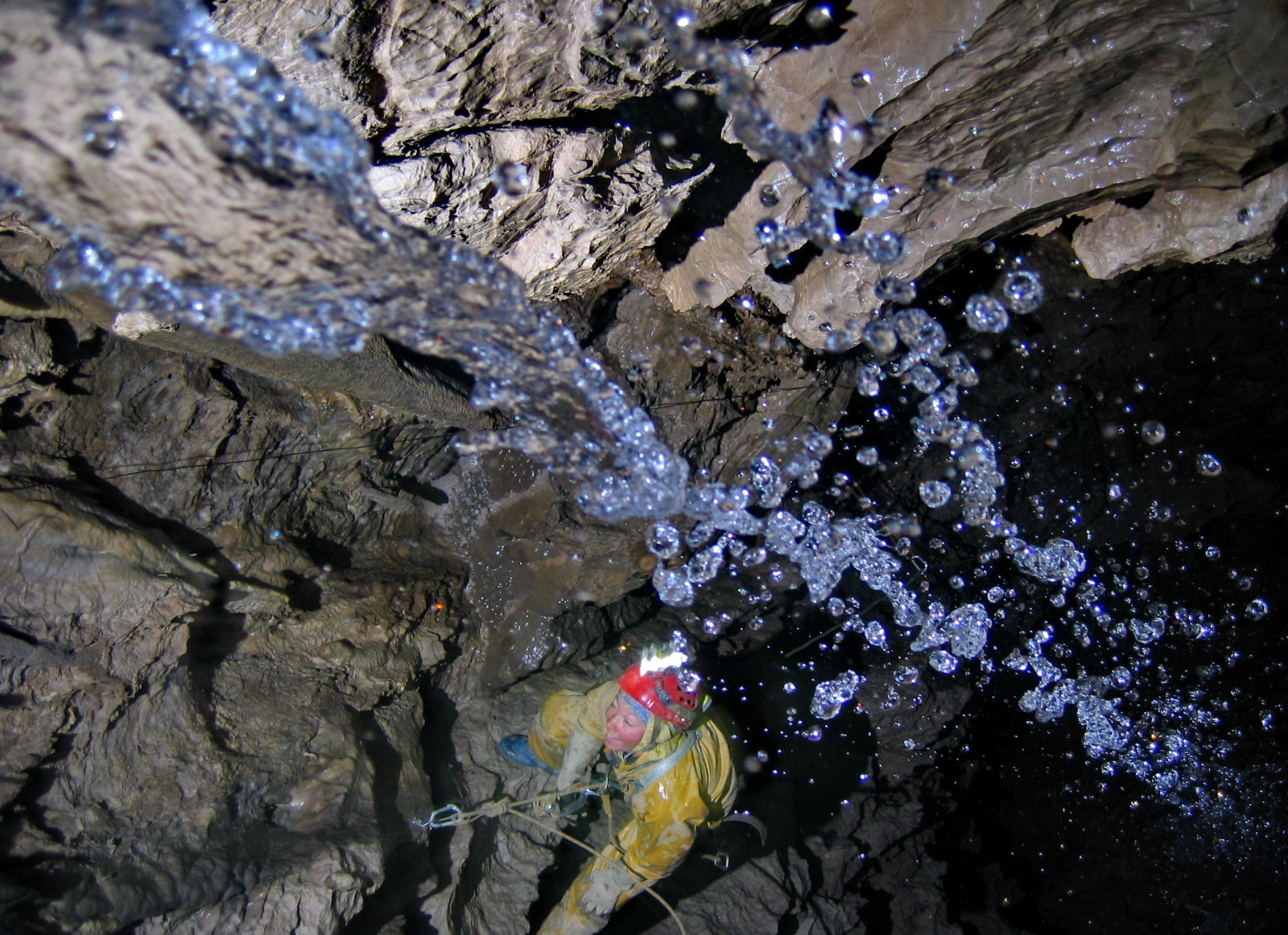
Krubera Cave in the Caucasus Mountains is the deepest known cave in the world, plunging more than 7,000 feet into the Earth. Only a handful of expeditions have ventured to its furthest depths. The cave’s cold, damp conditions make it a tough challenge for explorers. Inside, narrow tunnels, deep chasms, and underground lakes create an otherworldly atmosphere, adding to the cave’s mystique.
Ellison’s Cave, USA
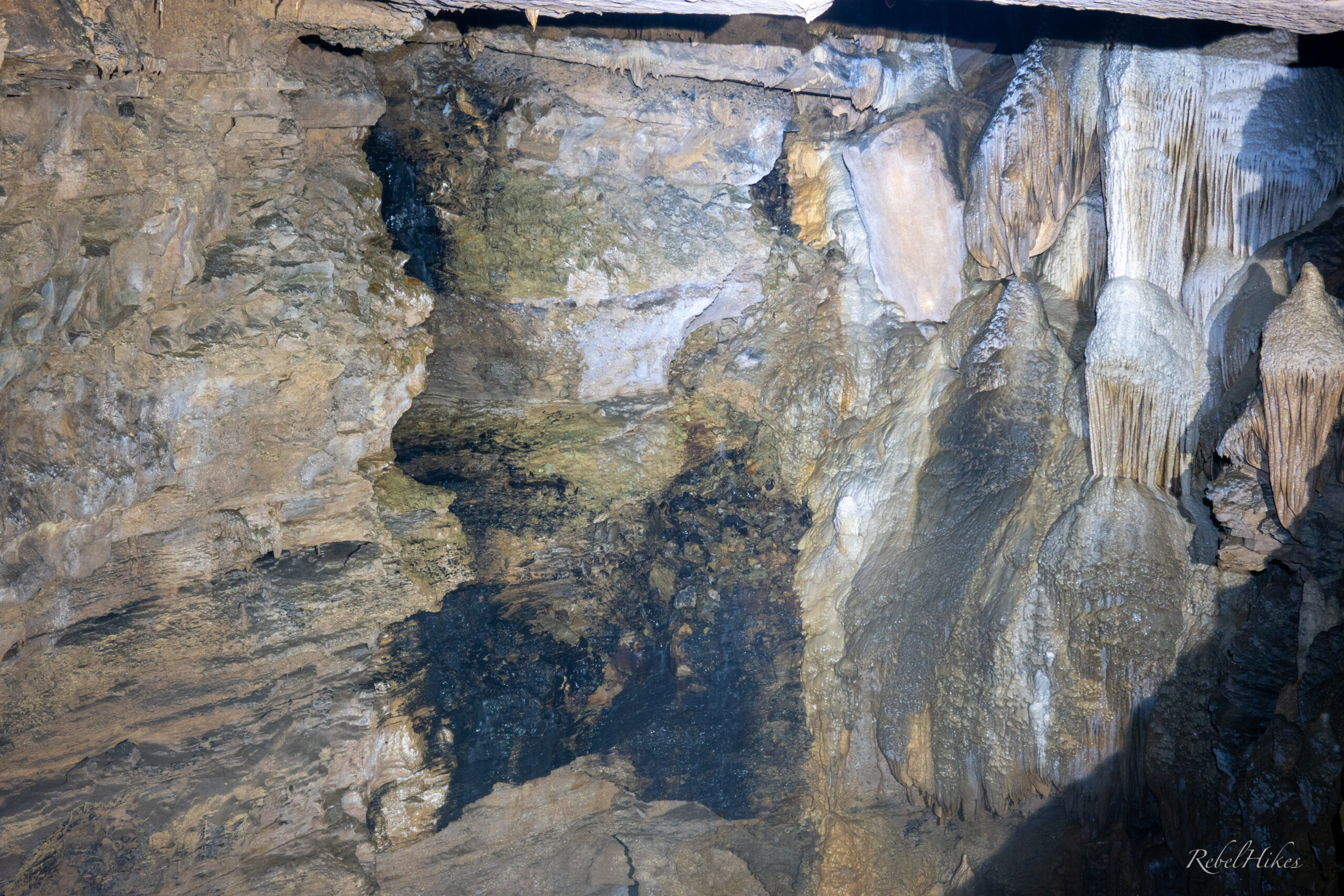
Located in Georgia, USA, Ellison’s Cave is known for its extraordinary vertical drops, including two of the deepest uninterrupted pits in the country. The most famous of these, Fantastic Pit, plunges 586 feet. This cave attracts daring cavers, but its treacherous terrain has limited full exploration. Deep shafts, dark passages, and narrow squeezes make it a dangerous yet intriguing challenge for spelunkers.
Movile Cave, Romania

Movile Cave is a scientific mystery, cut off from the outside world for over five million years. Found by accident in 1986, it harbors an ecosystem unlike any other, sustained by chemosynthesis rather than photosynthesis. The air inside is toxic, filled with high levels of carbon dioxide and hydrogen sulfide, yet strange, adapted species thrive in the darkness. The cave’s inaccessibility and unique environment make it a rare find for scientists.
Veryovkina Cave, Georgia
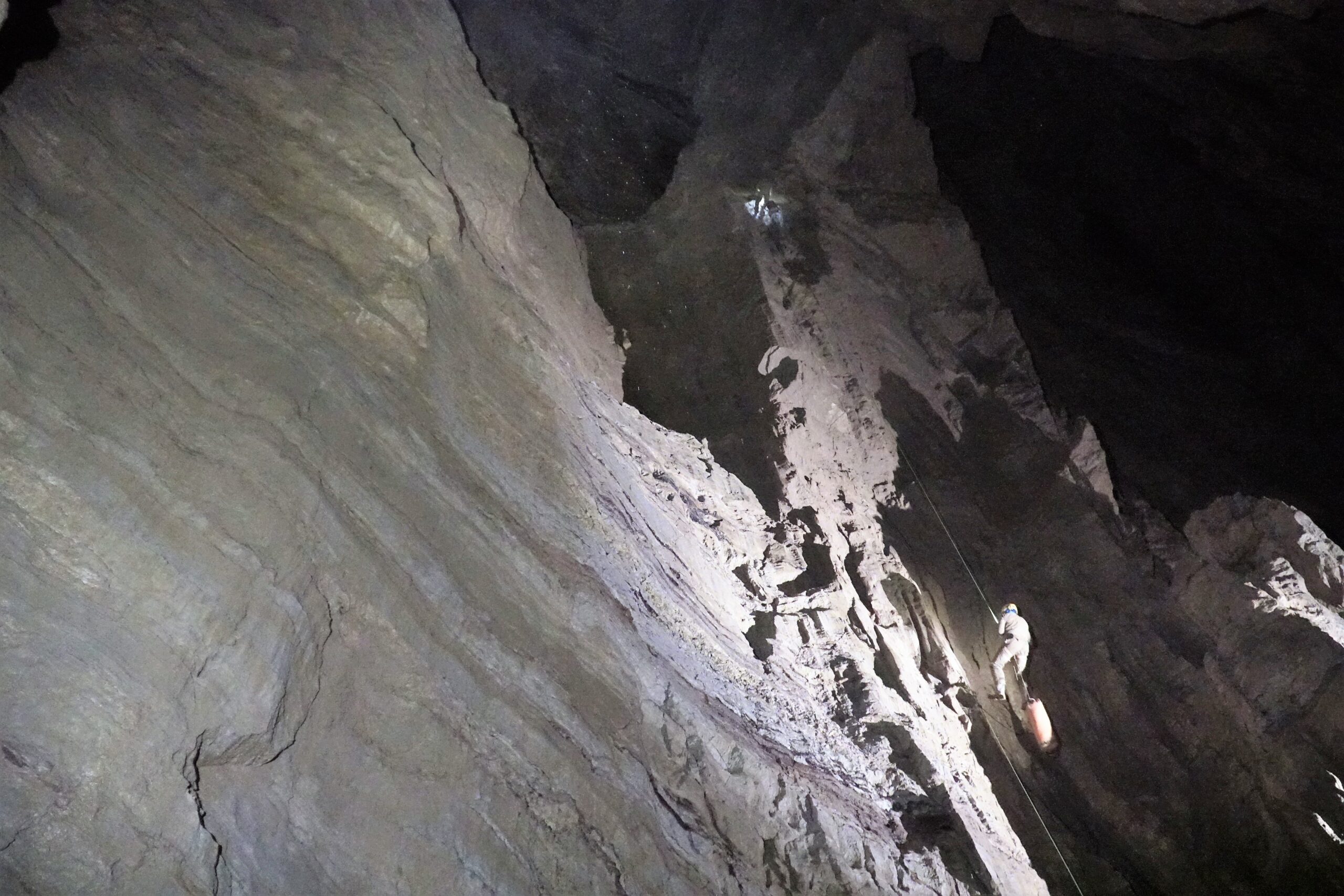
Another deep cave in Georgia, Veryovkina Cave, has only recently been confirmed as one of the deepest in the world, descending nearly 7,300 feet. Its steep and treacherous terrain has tested even the most experienced cavers. Cold, wet conditions and the risk of floods make it a perilous expedition. Explorers are still uncovering the cave’s complex network of tunnels and passages.
Cave of Crystals, Mexico
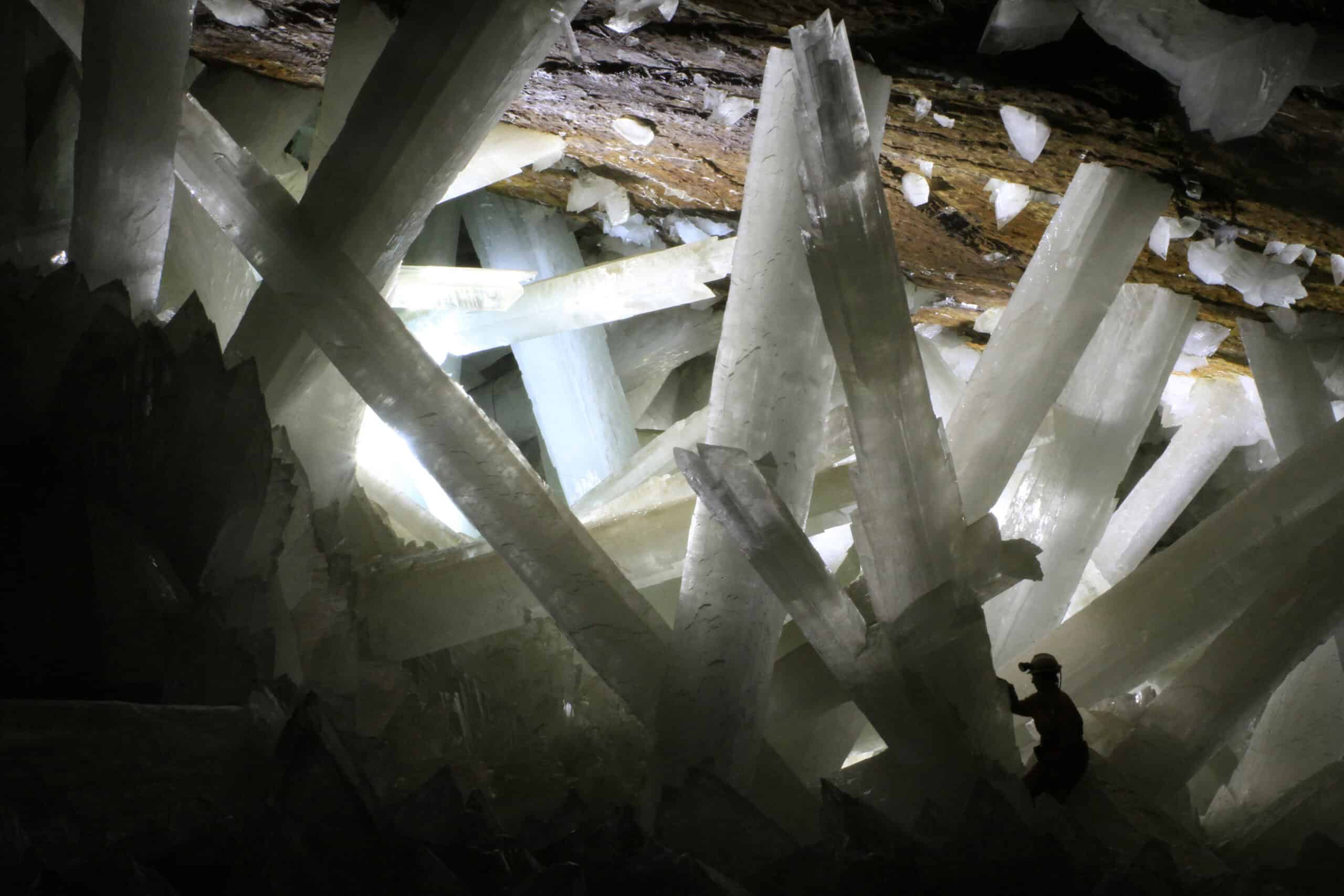
The Cave of Crystals, located beneath Naica Mine in Mexico, is home to some of the largest natural crystals ever found. Giant selenite crystals, some over 30 feet long, fill the cavern. Temperatures inside soar above 120°F, making it almost impossible to explore without specialized equipment. The stunning beauty and extreme environment of this cave continue to captivate the few scientists allowed inside.
Lechuguilla Cave, USA
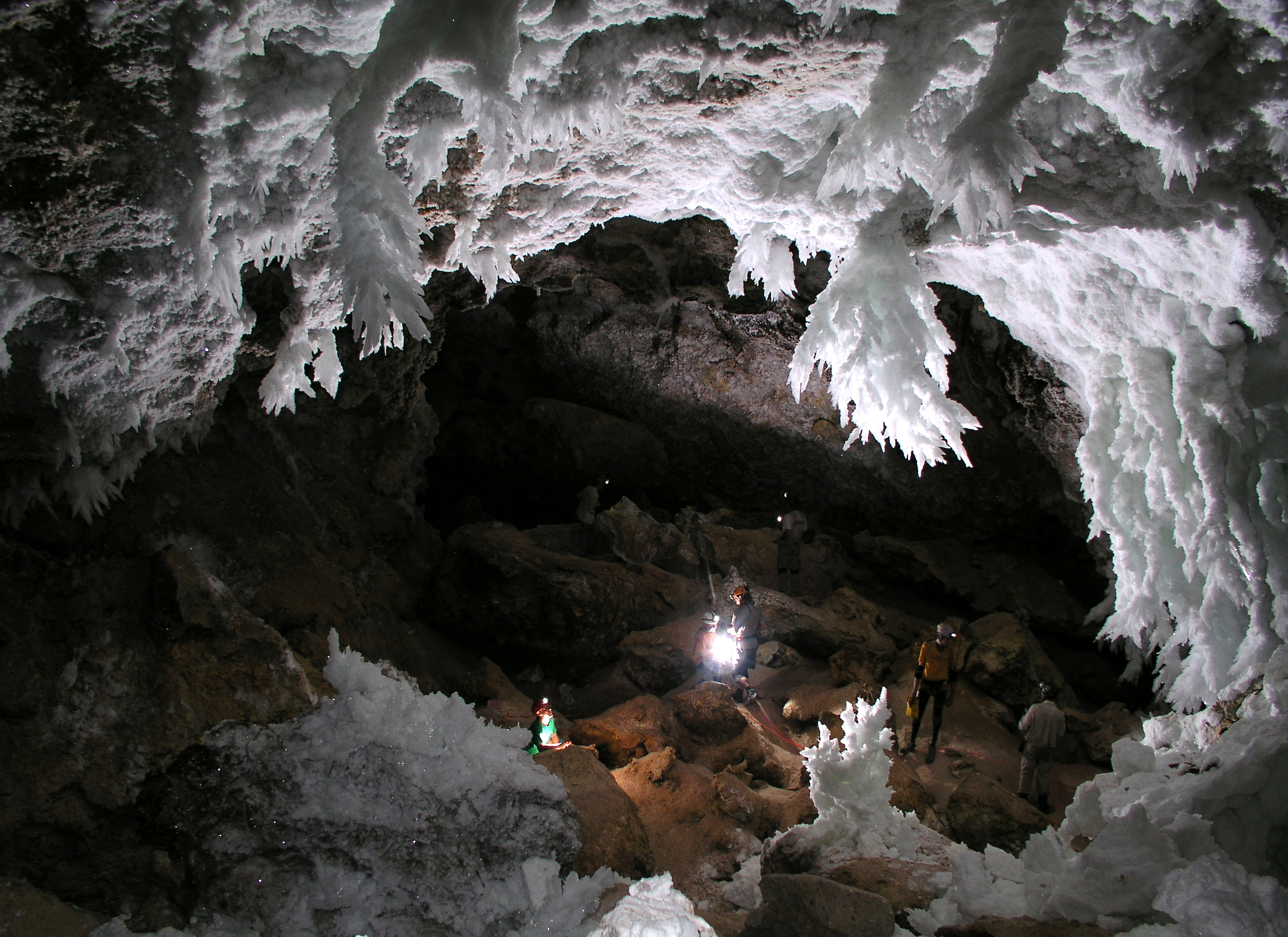
Lechuguilla Cave in New Mexico is known for its otherworldly formations and rare minerals. Discovered in 1986, this cave remains one of the most pristine and least explored. Its complex network of tunnels stretches over 140 miles, filled with stunning gypsum chandeliers, delicate formations, and deep, crystal-clear pools. Strict access policies have kept this natural wonder largely untouched by human interference.
Blue Hole, Belize
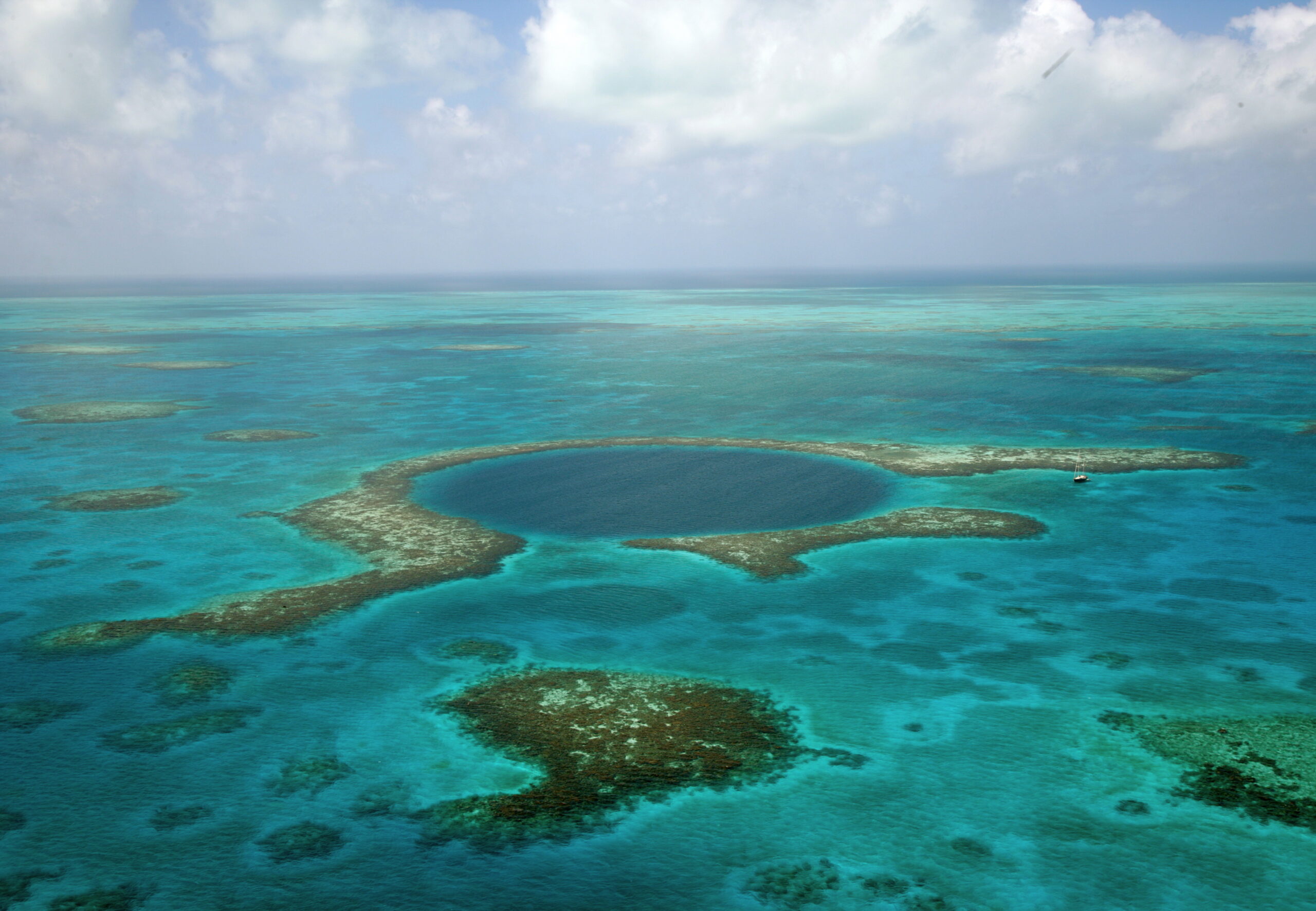
The Blue Hole in Belize is a massive underwater sinkhole that drops over 400 feet into the Caribbean Sea. Circular in shape, it’s visible from the air and draws scuba divers eager to explore its dark depths. Below the surface, divers encounter striking stalactite formations and a variety of marine life. Despite its allure, only a small portion of the Blue Hole has been explored due to the hazards of deep diving.
Fingal’s Cave, Scotland
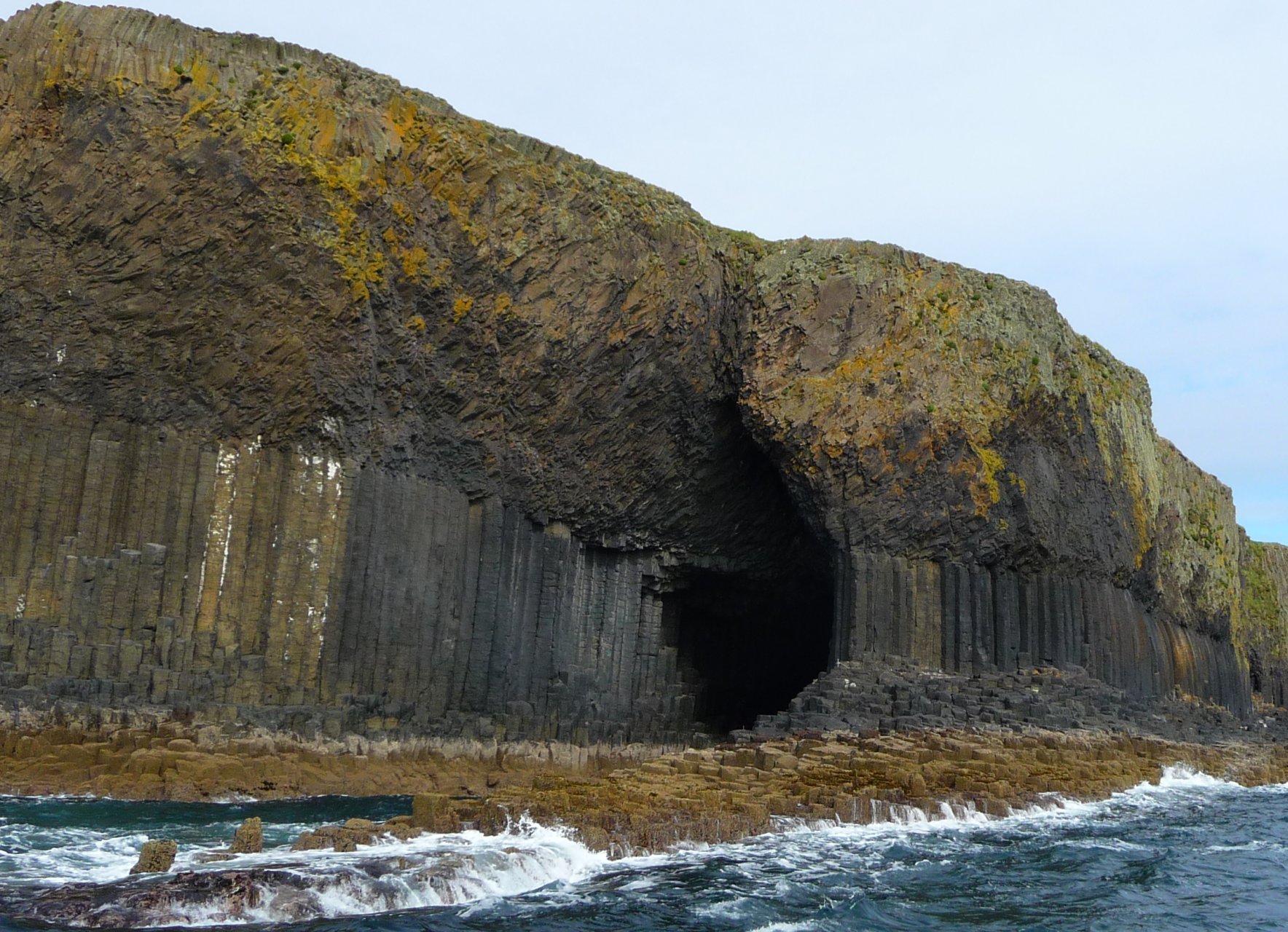
Fingal’s Cave, located on the uninhabited island of Staffa, is a sea cave known for its striking basalt columns. These naturally occurring hexagonal formations create a cathedral-like interior that resonates with the sound of waves crashing inside. The cave’s unique acoustics and geological formations make it a favorite spot for visitors, though only the surface has been explored. The sea surrounding the cave adds a layer of mystery to its depths.
Waitomo Glowworm Caves, New Zealand
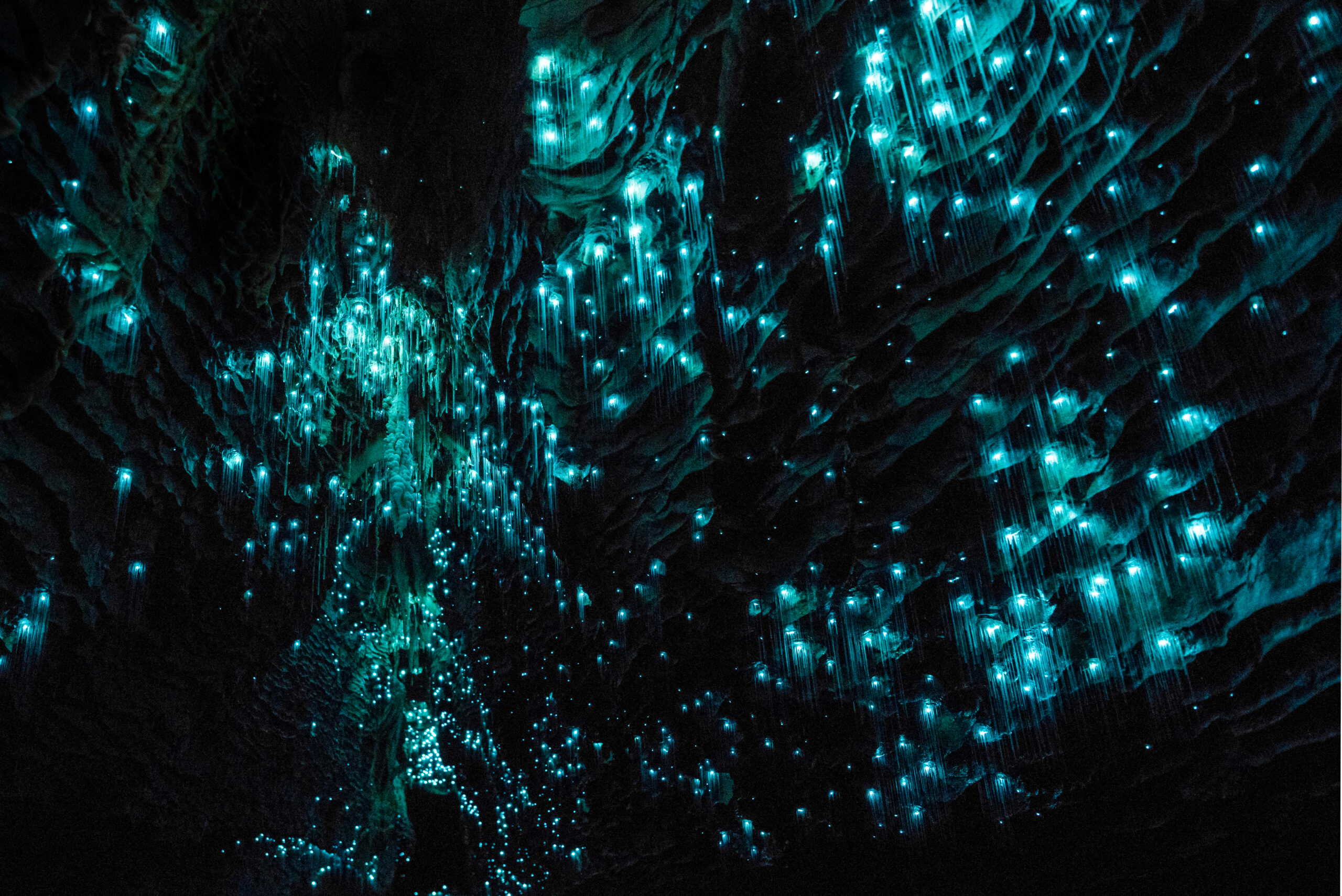
Waitomo Glowworm Caves are renowned for their bioluminescent inhabitants. The cave’s ceiling is dotted with thousands of glowworms, casting an ethereal blue glow over the dark waters below. Visitors can drift through the cave on boats, witnessing the surreal light display. While the main cavern is accessible, much of the deeper passages remain unexplored, adding to the allure of this natural wonder.
Bracken Cave, USA
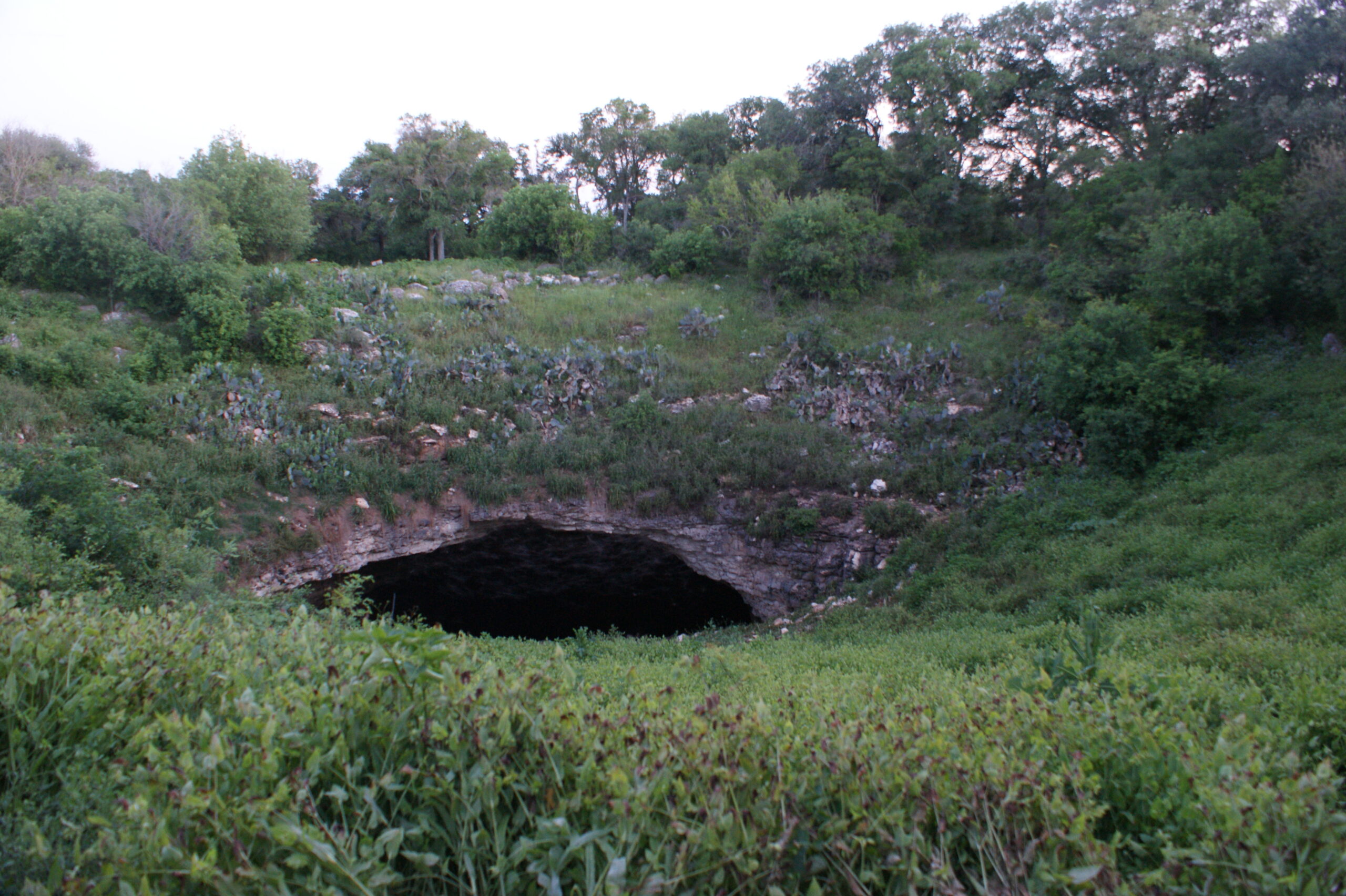
Bracken Cave in Texas is the summer home to the world’s largest bat colony, with over 20 million Mexican free-tailed bats residing there. Every evening, the bats take flight in a massive swarm, creating a dramatic spectacle. The cave itself is mostly inaccessible to humans, with deep, narrow passageways that remain largely unexplored. Its ecological significance adds to its mysterious and untouched nature.
Reed Flute Cave, China
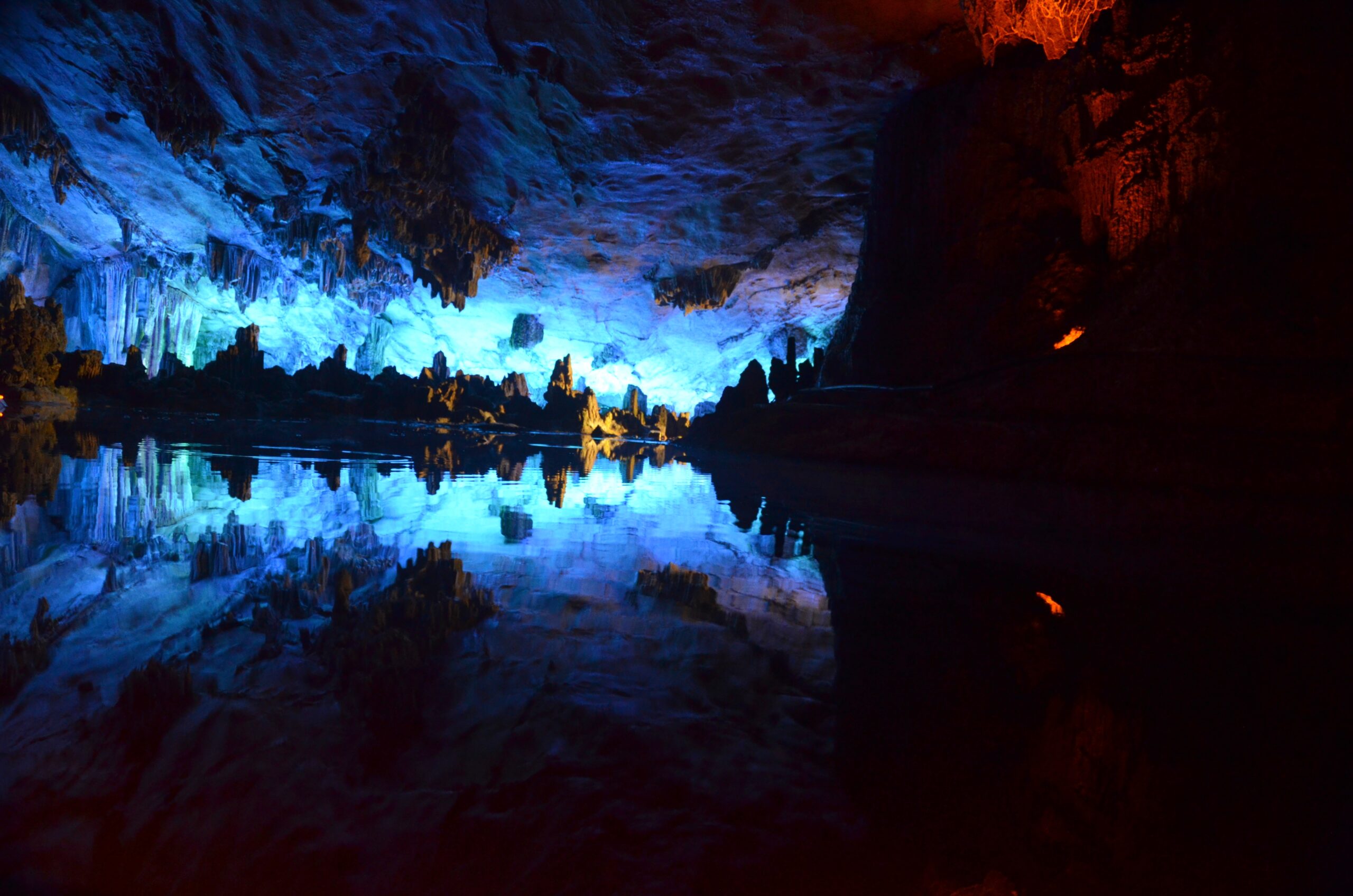
Reed Flute Cave, located in Guilin, China, is a limestone cave filled with stunning stalactites, stalagmites, and rock formations illuminated by colorful lights. Known as the “Palace of Natural Arts,” it has been a popular tourist destination for centuries. Despite the parts of the cave open to visitors, many deeper chambers remain hidden, unexplored, and full of mystery. The cave’s vibrant beauty and vast unknown regions make it a fascinating phenomenon.
Batu Caves, Malaysia
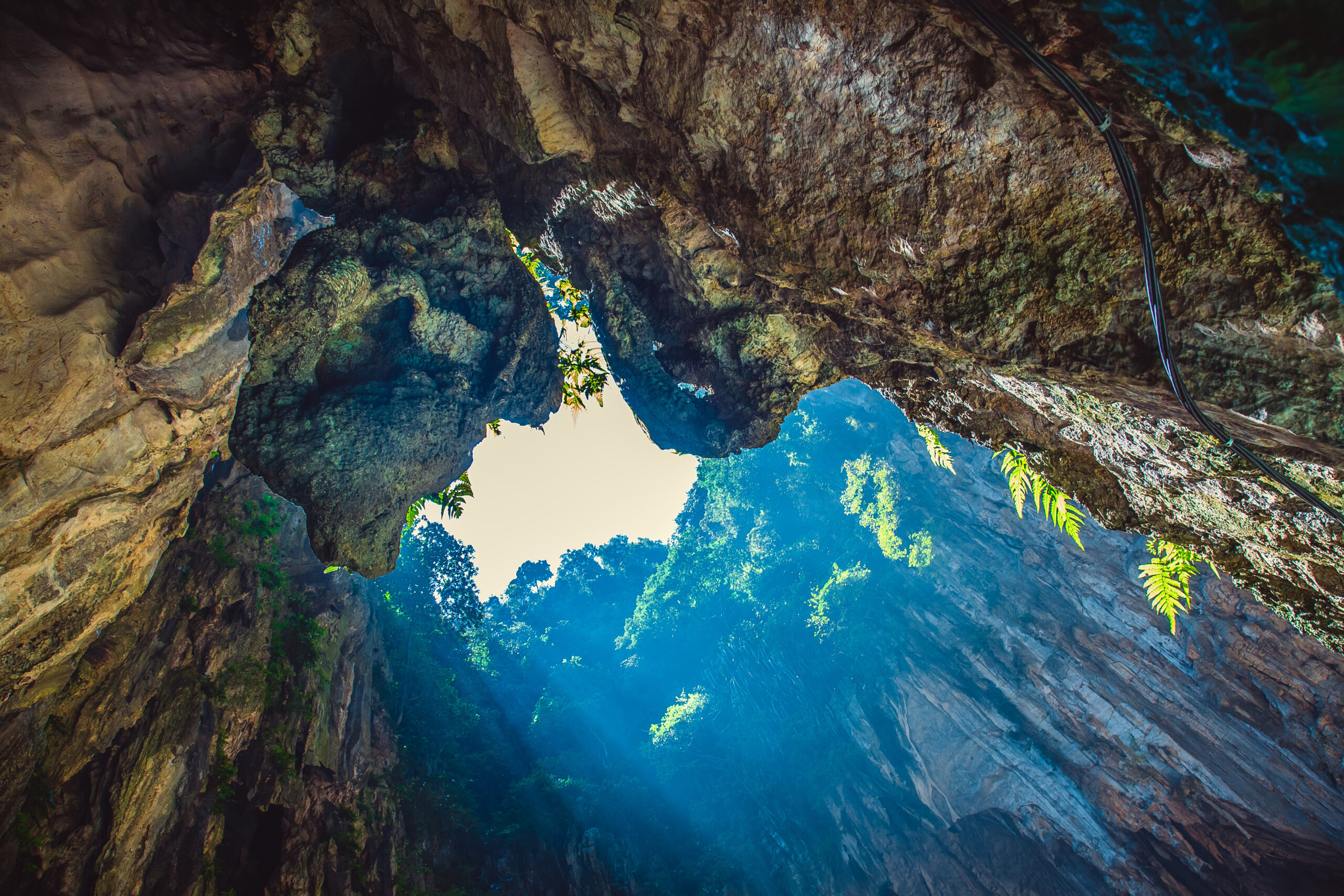
Batu Caves is a series of limestone caves located just outside Kuala Lumpur, Malaysia. The site is famous for its towering statue of Lord Murugan and serves as an important Hindu temple complex. The caves themselves extend deep into the hills, with only a few sections open to the public. Deeper areas remain unexplored, adding to their mystique. Steep staircases, shrines, and hidden passages enhance the sense of adventure in this sacred site.
Eisriesenwelt Cave, Austria
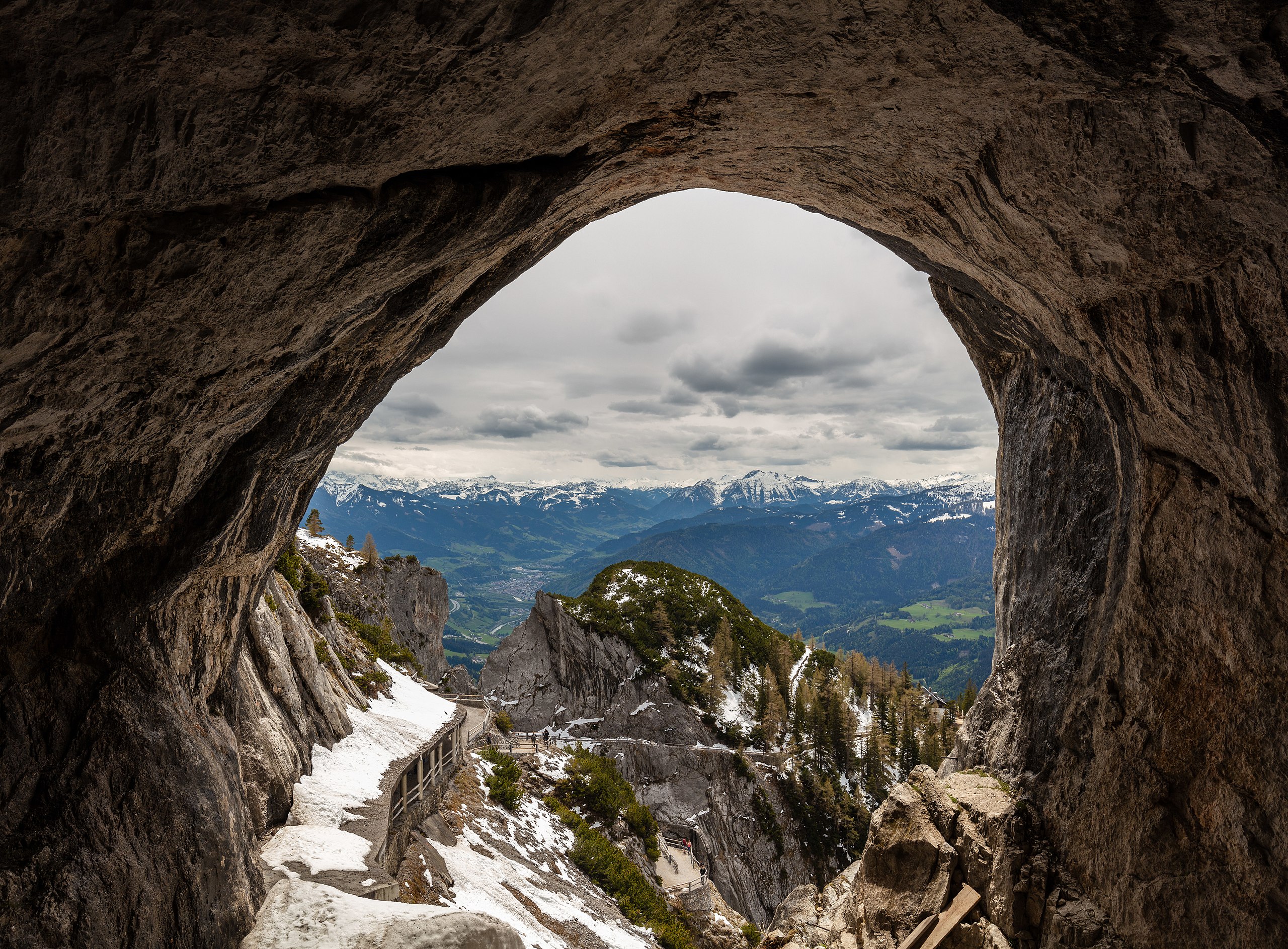
Eisriesenwelt Cave is the largest ice cave in the world, stretching over 26 miles beneath the Austrian Alps. Massive ice formations inside the cave make it look like a frozen wonderland. The ice sculptures and frozen waterfalls are illuminated by soft lights, enhancing their ethereal beauty. Despite being a popular tourist spot, only a small portion is open to the public, while much of its frozen depths remain unexplored.
Grotte de Han, Belgium
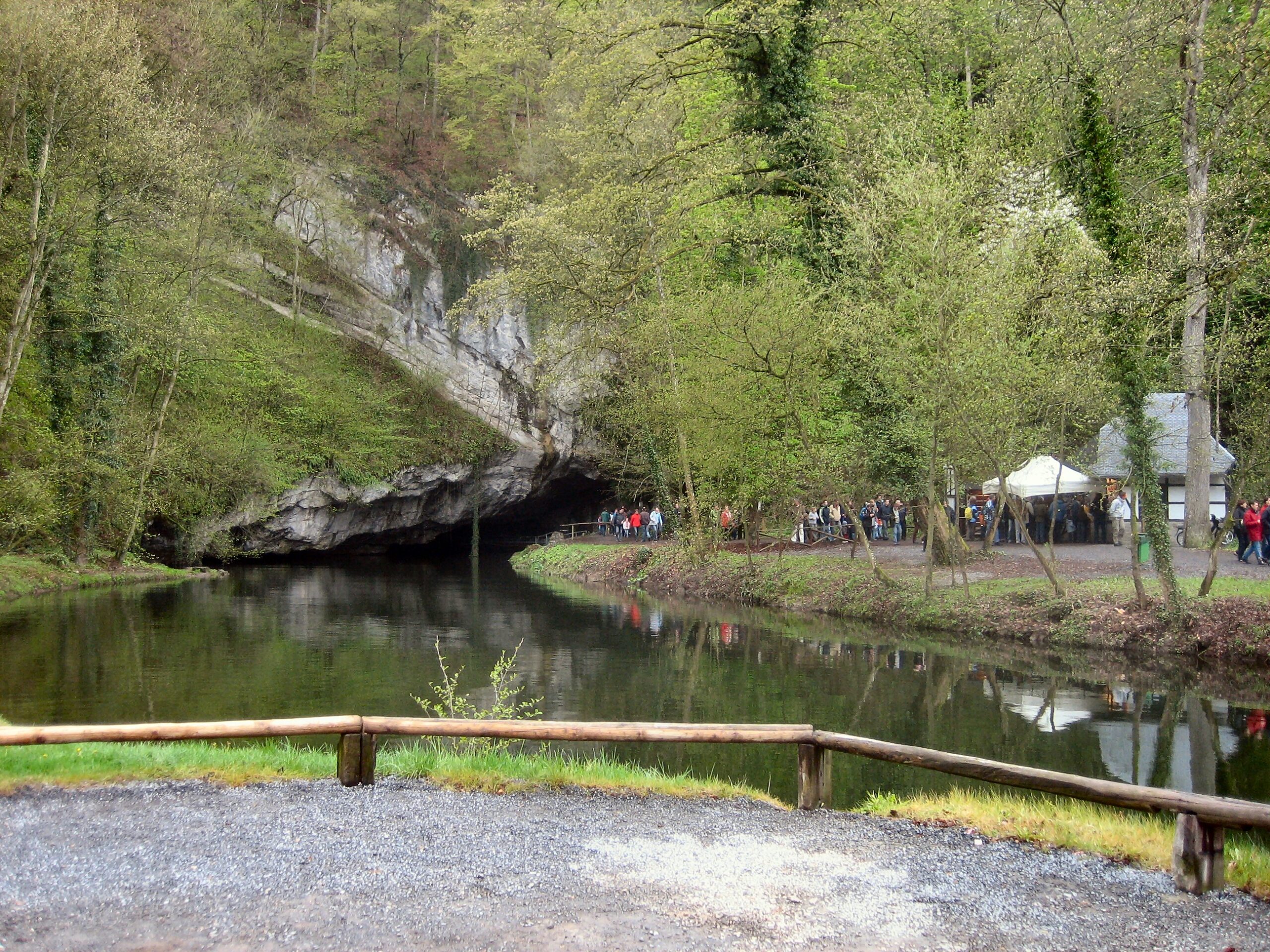
Grotte de Han is a stunning limestone cave in Belgium, formed over millennia by the Lesse River. The cave features immense chambers filled with stalactites, stalagmites, and unique rock formations. An underground river still runs through its depths, adding to its charm. While parts of the cave are open to tourists, many side passages and deeper sections remain a mystery, waiting for further exploration.
Cueva de los Tayos, Ecuador
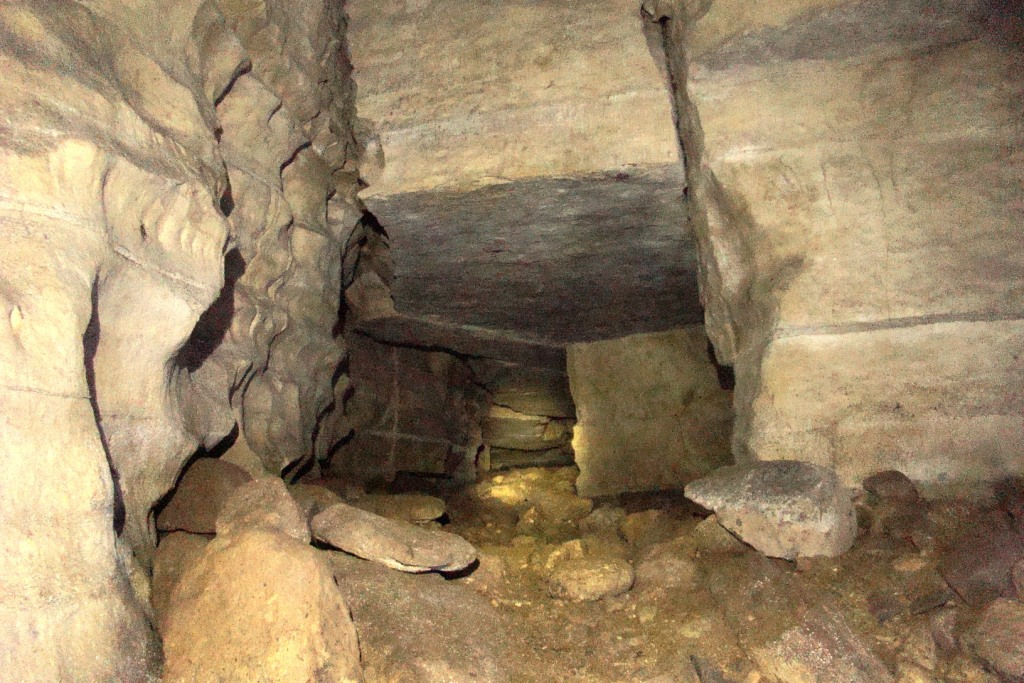
Cueva de los Tayos is steeped in mystery and legend, located deep in the Ecuadorian Amazon. The cave’s large chambers and smooth walls have fueled theories about ancient civilizations and lost treasures. It has attracted adventurers and researchers alike, yet much of it remains uncharted due to its remote location. The cave is home to unique wildlife, including rare oilbirds, which adds to its mystique.
Orda Cave, Russia
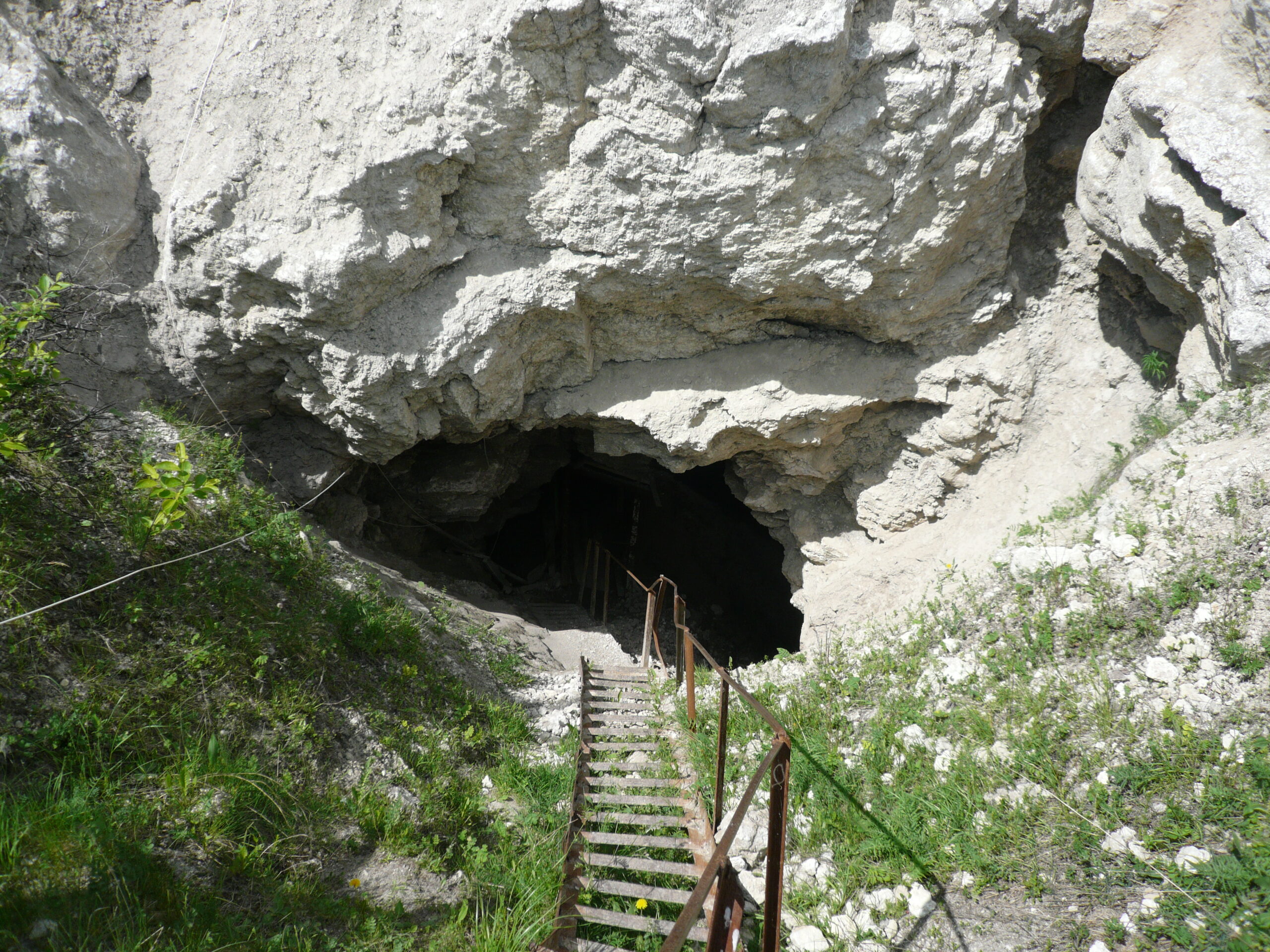
Orda Cave is the longest underwater gypsum cave in the world, stretching over three miles in Russia’s Ural Mountains. Its crystal-clear waters provide visibility for divers exploring the submerged tunnels. The gypsum walls create dazzling white formations that reflect light, making the underwater cave look otherworldly. However, due to the dangers of underwater exploration, large sections of Orda Cave remain undiscovered.
Actun Tunichil Muknal, Belize
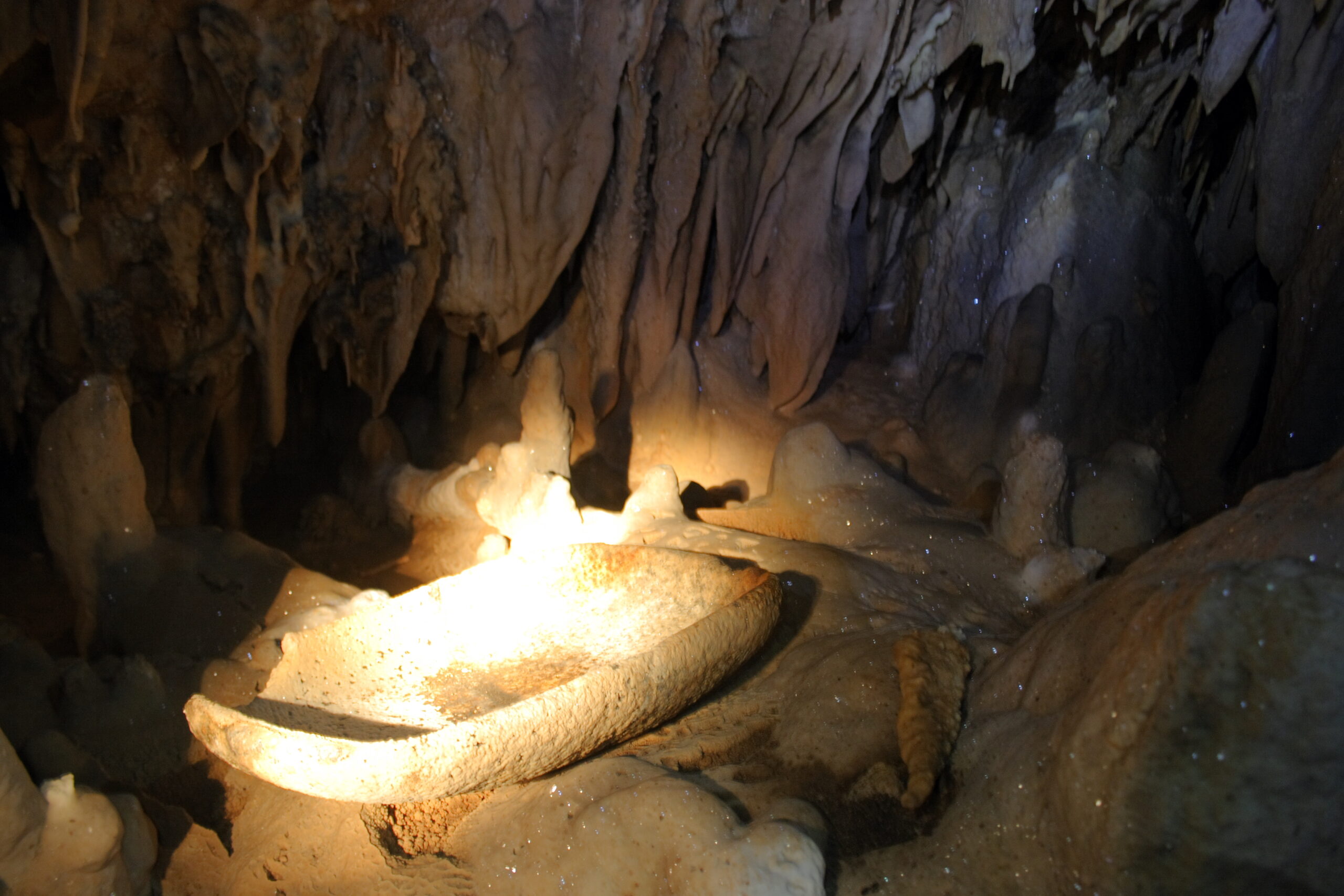
Actun Tunichil Muknal, also known as the “Cave of the Crystal Sepulchre,” is an archaeological treasure in Belize. The cave was once used by the ancient Maya for sacrificial rituals, and today, it houses well-preserved skeletal remains and ancient pottery. Visitors must swim and climb through dark tunnels to reach its inner chambers, yet many passages remain unexplored due to the cave’s complexity and sacred nature.
Škocjan Caves, Slovenia
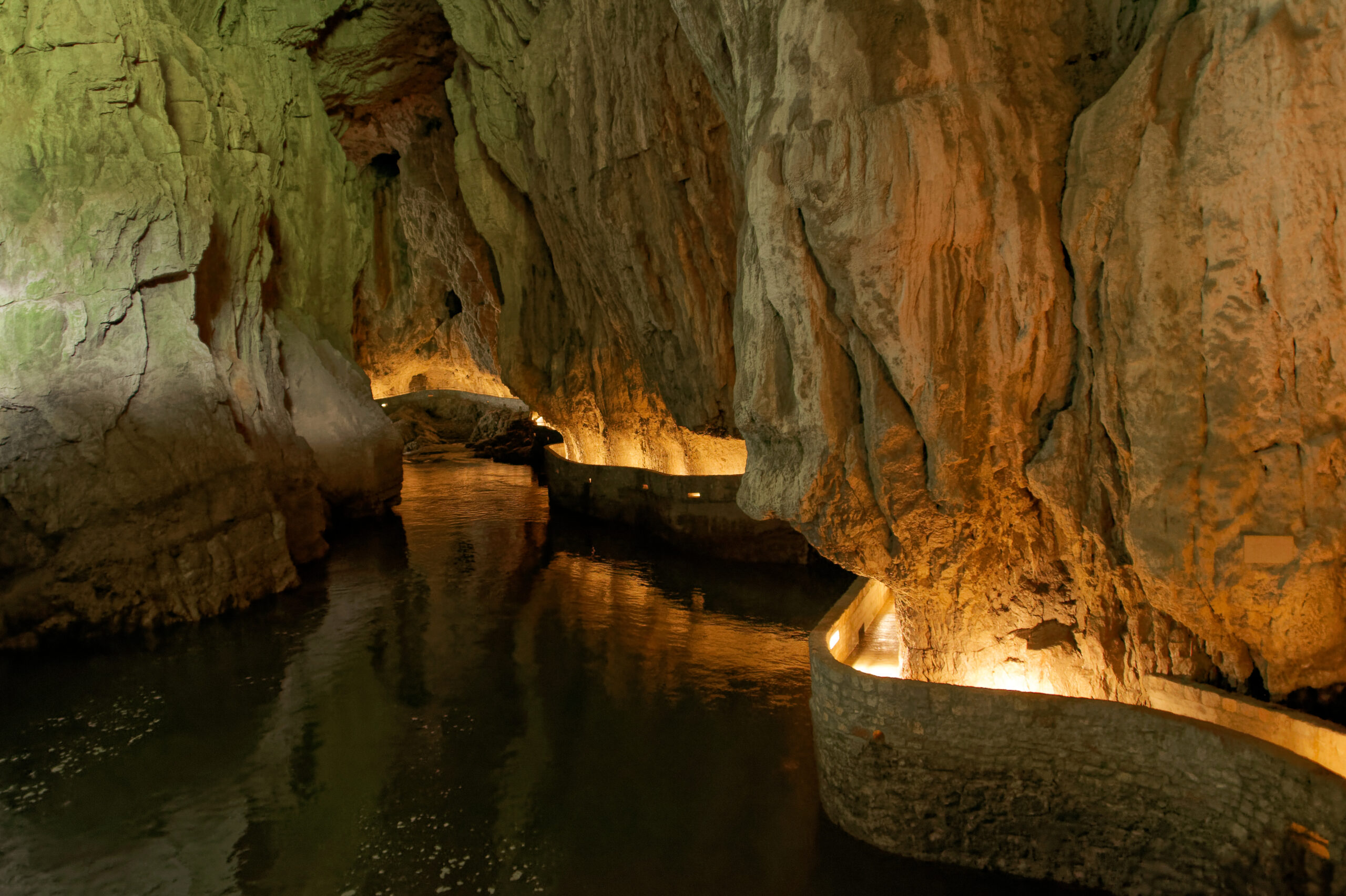
Škocjan Caves is a UNESCO World Heritage site, famous for its vast underground chambers and deep canyons. The caves were carved by the Reka River and feature awe-inspiring formations like stalactites, stalagmites, and massive underground waterfalls. While part of the cave is open to the public, vast sections of the cave system remain inaccessible, making it one of the most intriguing and mysterious cave networks in Europe.
Deer Cave, Malaysia
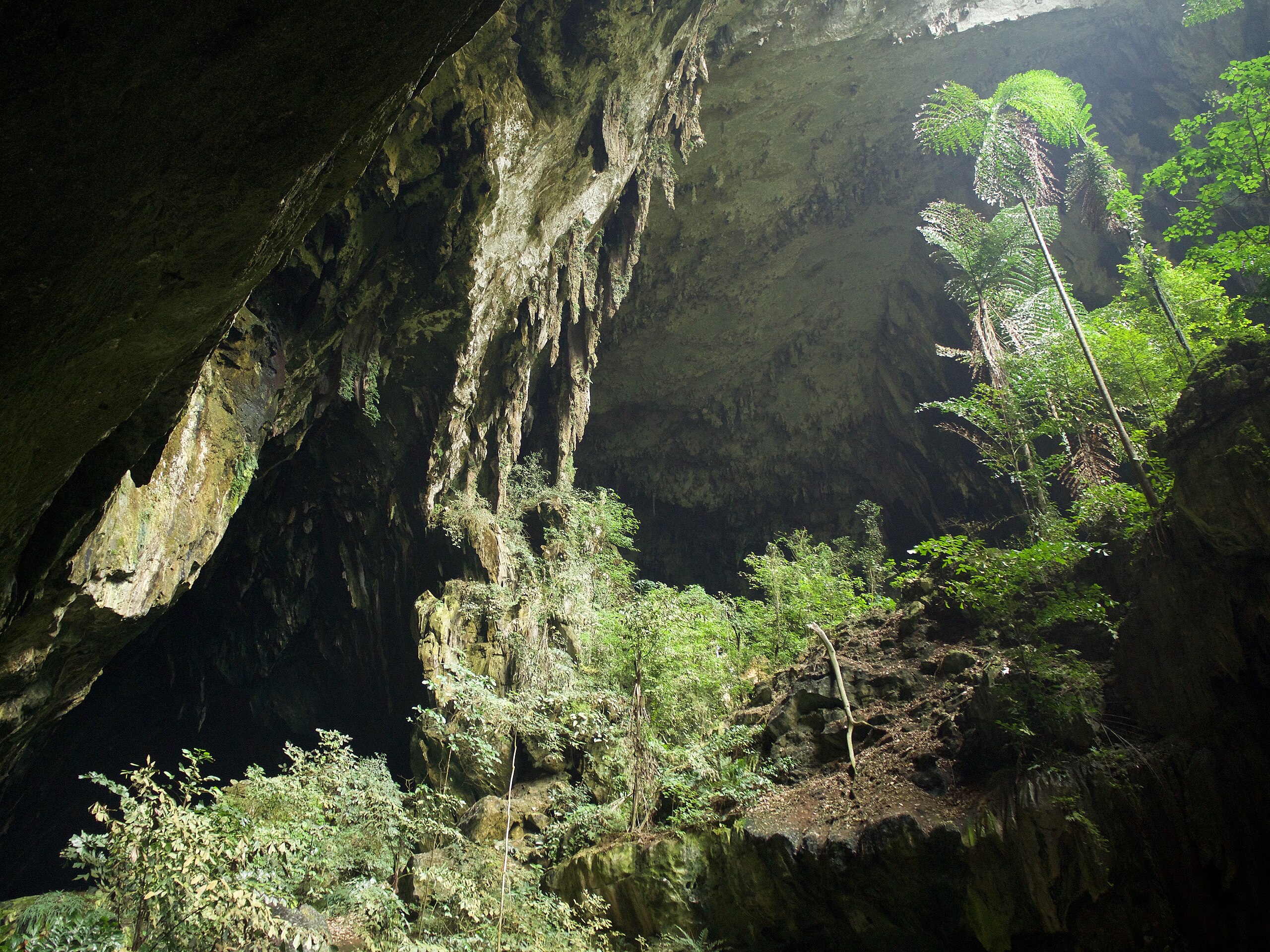
Located in Gunung Mulu National Park, Deer Cave is one of the largest cave passages in the world. The cave is home to millions of bats, and their daily exodus creates a dramatic spectacle. Inside, the cave features stunning limestone formations and a massive entrance that lets in shafts of sunlight. Despite being partially accessible, much of the cave remains unexplored due to its vast size and remote location.
Marble Caves, Chile
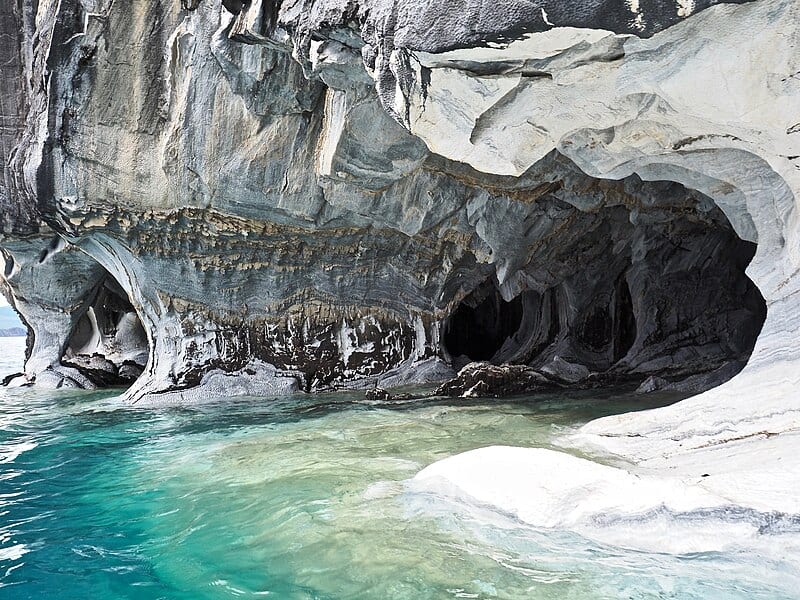
The Marble Caves, nestled in Chile’s Patagonia, are a series of stunning, naturally carved caverns surrounded by turquoise waters. The marble formations, shaped by thousands of years of erosion, reflect the blue hues of the lake, creating a surreal, shimmering effect. The caves are only accessible by boat, and their hidden, intricate passages remain largely uncharted, making them a true natural wonder.
This article originally appeared on Rarest.org.
More from Rarest.org
18 Verdant Oases Offering Life in Arid Deserts
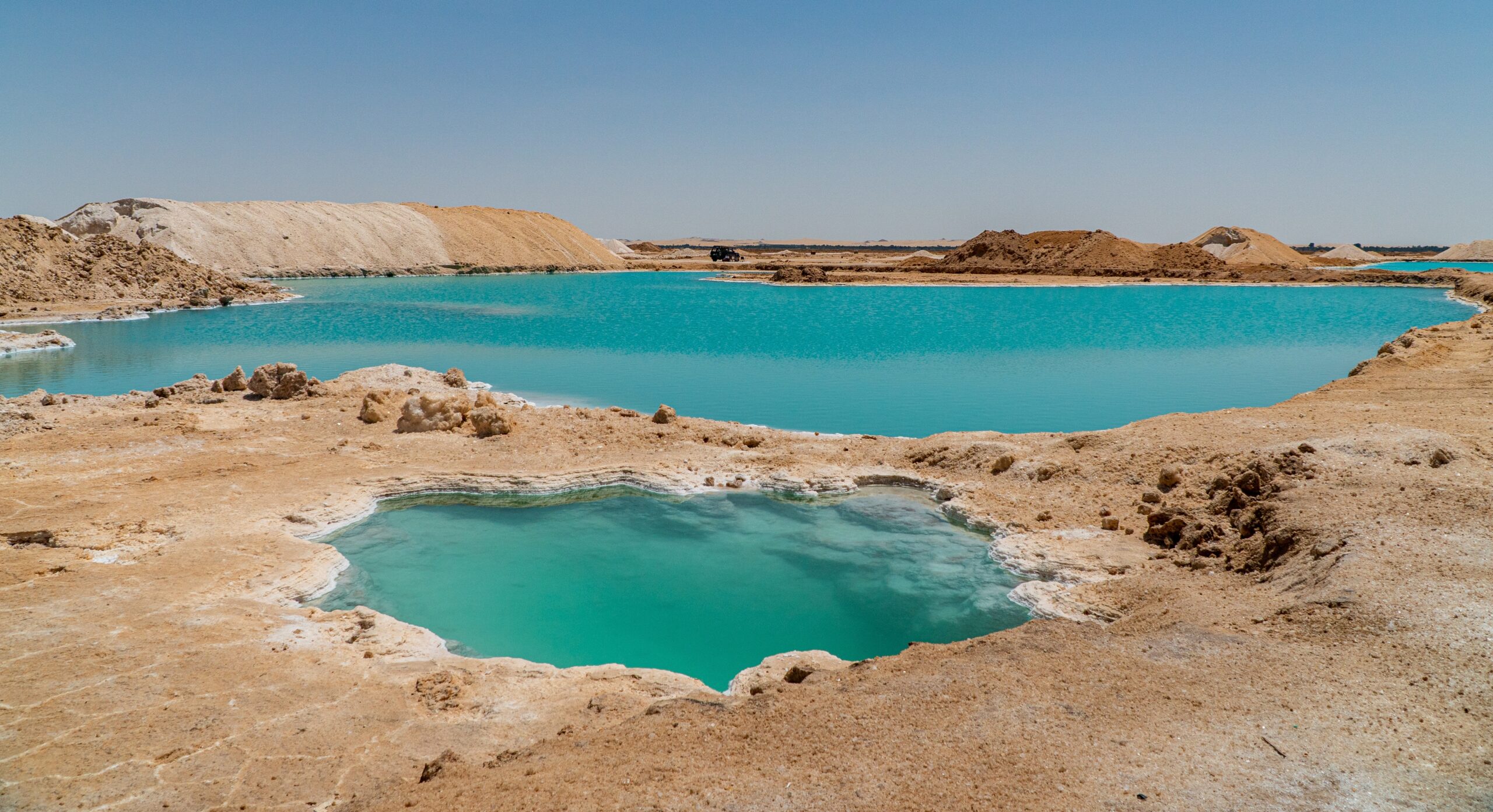
In the heart of some of the world’s driest deserts, oases provide a lush sanctuary of life. These green havens are more than just a break from the relentless sun; they’re thriving ecosystems. Read More.
22 Rare Marine Species Found in the Deepest Ocean Trenches

The deepest parts of the ocean are home to some of the most mysterious and fascinating creatures on Earth. Read More.
21 Strange Geological Formations Found in Uninhabited Lands
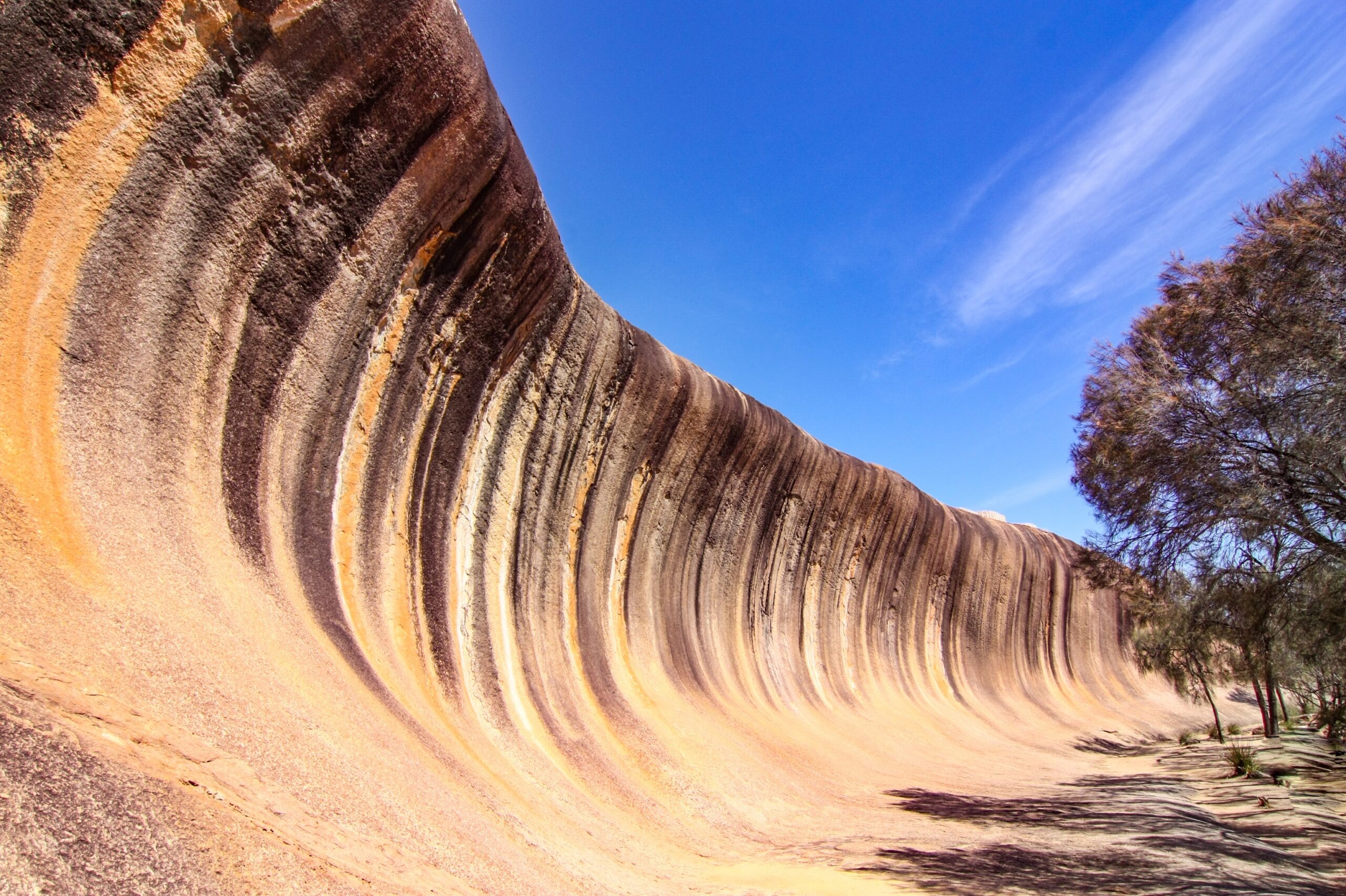
The Earth hides some of its most extraordinary formations in uninhabited regions. These remote landscapes are home to geological wonders that seem almost otherworldly. Read More.
